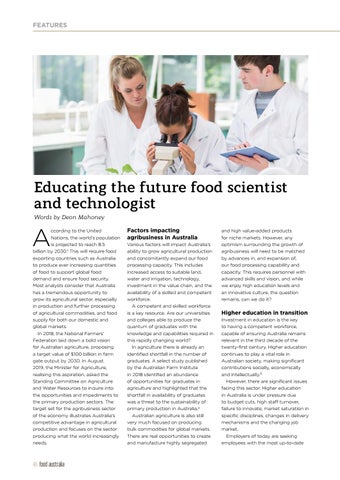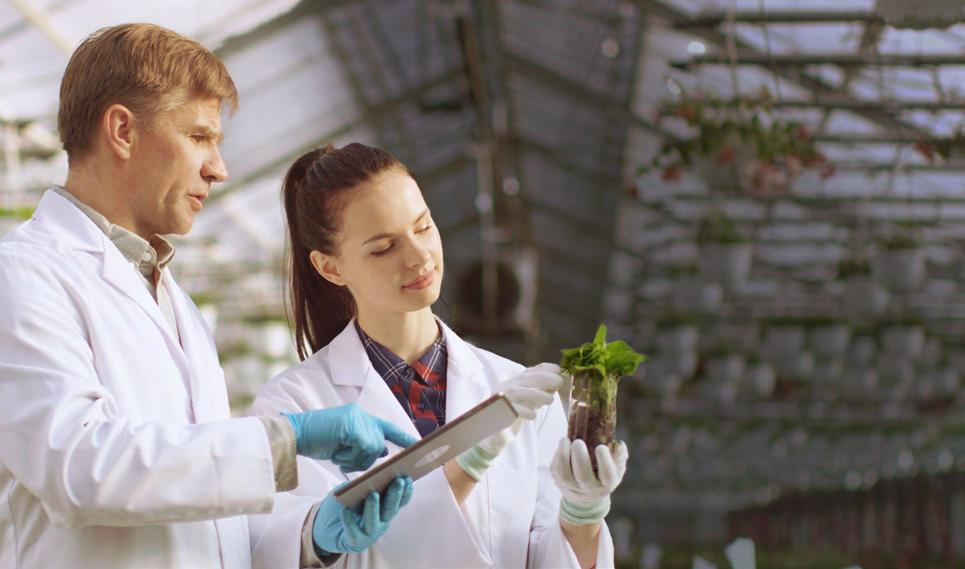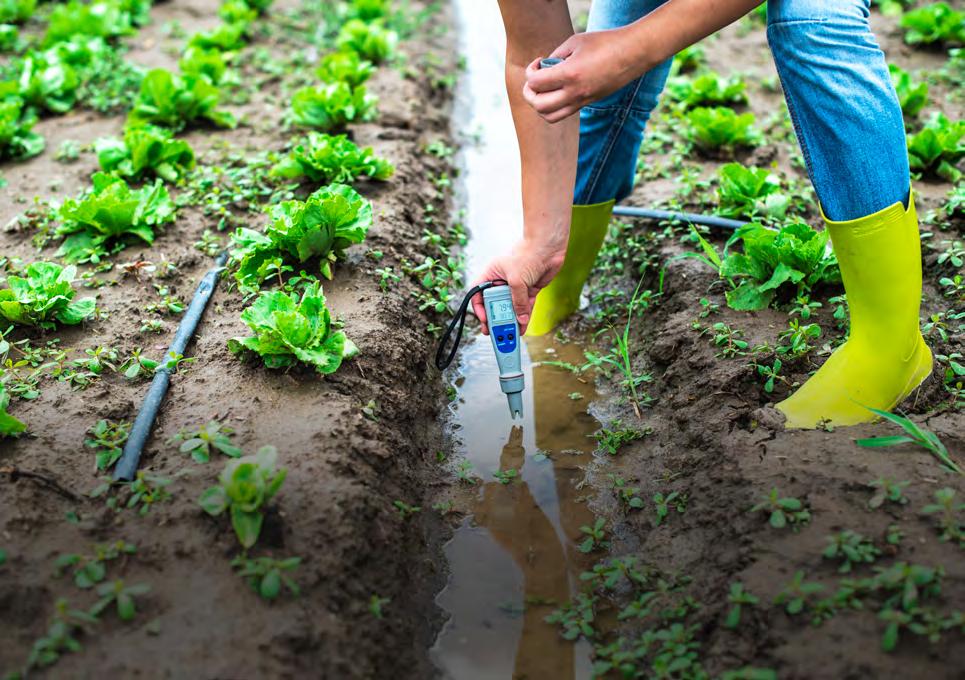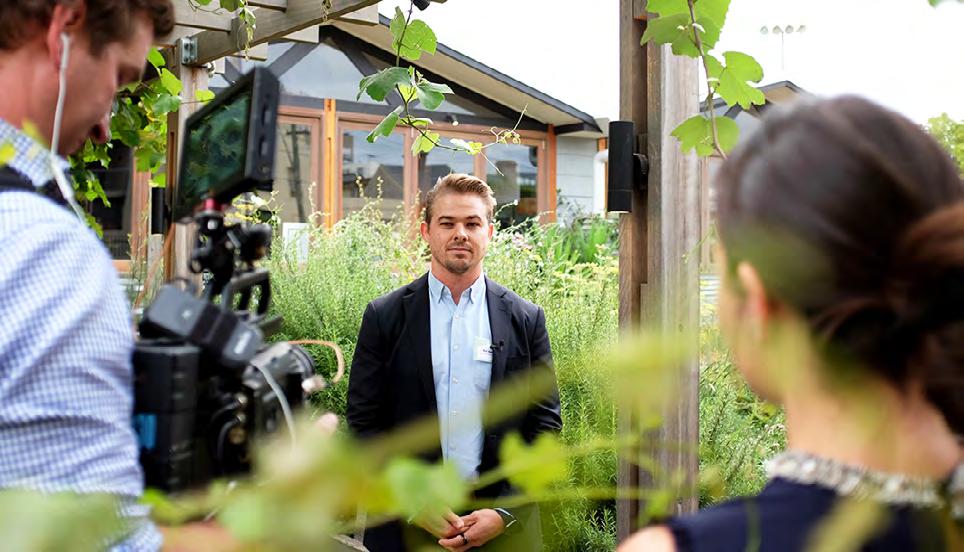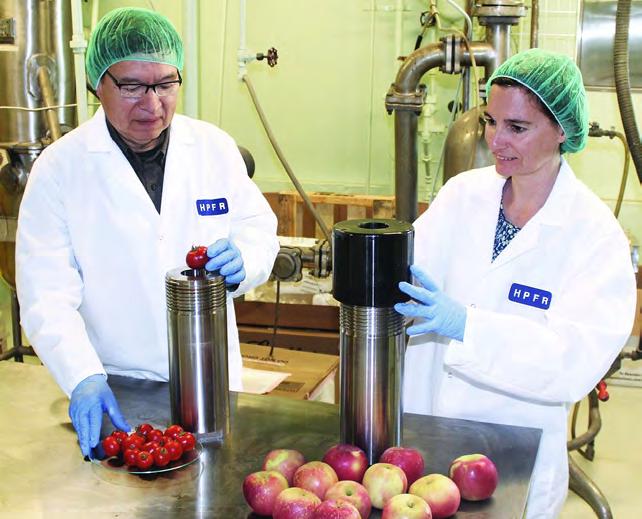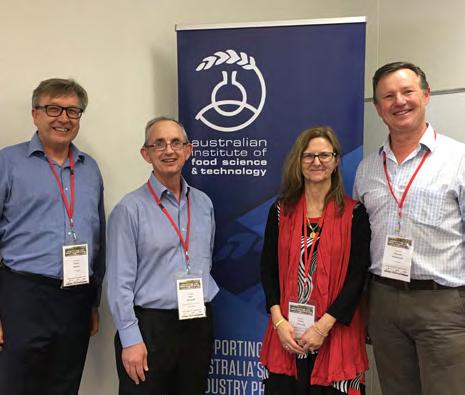FEATURES
Educating the future food scientist and technologist Words by Deon Mahoney
A
ccording to the United Nations, the world’s population is projected to reach 8.5 billion by 2030.1 This will require food exporting countries such as Australia to produce ever increasing quantities of food to support global food demand and ensure food security. Most analysts consider that Australia has a tremendous opportunity to grow its agricultural sector, especially in production and further processing of agricultural commodities, and food supply for both our domestic and global markets. In 2018, the National Farmers’ Federation laid down a bold vision for Australian agriculture, proposing a target value of $100 billion in farm gate output by 2030. In August 2019, the Minister for Agriculture, realising this aspiration, asked the Standing Committee on Agriculture and Water Resources to inquire into the opportunities and impediments to the primary production sectors. The target set for the agribusiness sector of the economy illustrates Australia’s competitive advantage in agricultural production and focuses on the sector producing what the world increasingly needs.
46 food australia
Factors impacting agribusiness in Australia Various factors will impact Australia’s ability to grow agricultural production and concomitantly expand our food processing capacity. This includes increased access to suitable land, water and irrigation, technology, investment in the value chain, and the availability of a skilled and competent workforce. A competent and skilled workforce is a key resource. Are our universities and colleges able to produce the quantum of graduates with the knowledge and capabilities required in this rapidly changing world? In agriculture there is already an identified shortfall in the number of graduates. A select study published by the Australian Farm Institute in 2018 identified an abundance of opportunities for graduates in agriculture and highlighted that the shortfall in availability of graduates was a threat to the sustainability of primary production in Australia.2 Australian agriculture is also still very much focused on producing bulk commodities for global markets. There are real opportunities to create and manufacture highly segregated
and high value-added products for niche markets. However, any optimism surrounding the growth of agribusiness will need to be matched by advances in, and expansion of, our food processing capability and capacity. This requires personnel with advanced skills and vision, and while we enjoy high education levels and an innovative culture, the question remains, can we do it?
Higher education in transition Investment in education is the key to having a competent workforce, capable of ensuring Australia remains relevant in the third decade of the twenty-first century. Higher education continues to play a vital role in Australian society, making significant contributions socially, economically and intellectually.3 However, there are significant issues facing this sector. Higher education in Australia is under pressure due to budget cuts, high staff turnover, failure to innovate, market saturation in specific disciplines, changes in delivery mechanisms and the changing job market. Employers of today are seeking employees with the most up-to-date
